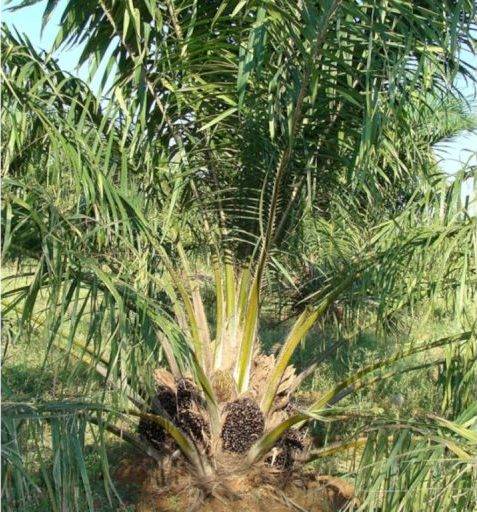
MoBiol Algae Institute Corp. has set about solving the matter of palm oil mill effluent (POME) treatment, something that has become a major environmental issue in Indonesia.
One of the largest palm oil producing areas of the world alongside Malaysia, Indonesia is said to be home to 875 factories for the ingredient’s production. However, producing 1 liter of palm oil results in approximately 4 liters of POME. The biochemical oxygen demand (BOD) of this liquid waste is extremely high – anywhere from 25,000 to 60,000 milligrams per liter – which makes for serious water pollution if simply dumped into a river or the ocean.
As such, palm owners will typically move the POME to a pond or the likes to remove the supernatant liquid. But not only does such treatment take a good 50 days, it results in large amounts of CO2 and methane gas being generated. And while the supernatant can be used as fertilizer, the nitrous oxide (N2O) it produces is an ozone-depleting substance.
MoBiol as such has set about using POME as a nutrient source for the growth of Aurantiochytrium, establishing a technique here for producing dried algae while reducing the POME’s BOD value by roughly 90 percent in just three days of treatment. In doing so, the company has uncovered a strain that beats out all others in terms of docosahexaenoic acid (DHA) content – cultivating this by applying a tank culture technique used with bacteria and yeast.
Since establishing a North Sumatran pilot plant for verification testing and launching operations here last March, MoBiol has been acquiring dried algae from palm oil plant owners and using this to extract DHA-containing oil. The company has also been working here to develop a market in which it can then sell this extract in the form of oil, feed, supplements and so on – with aims to find applications in aqua feed, as well as in poultry feed for laying eggs. At present, the company is primarily developing DHA supplements with high antioxidant activity.















